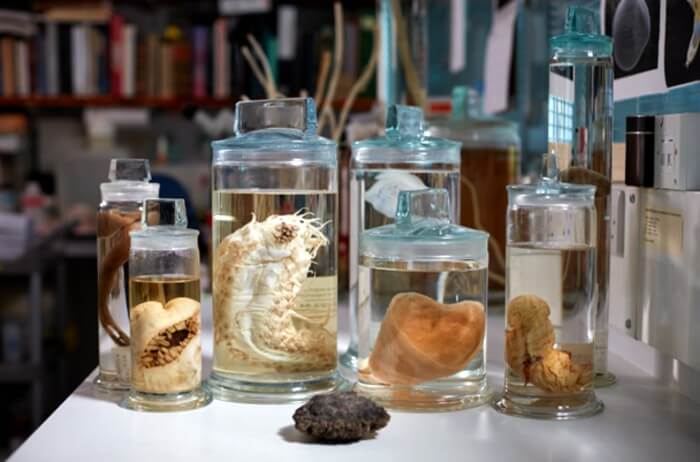There is an enormous mineral-rich region in the Pacific Ocean called the Clarion-Clipperton Zone (CCZ). It’s about twice the size of India and has already been divided up and allocated to companies for future deep-sea mining. But before the digging starts, a team of biologists wanted to understand what’s at stake. So, they decided to create the first-ever “CCZ checklist” by compiling all the species records from previous research expeditions to the area.
Muriel Rabone, a deep-sea ecologist at the Natural History Museum in London, UK, highlighted the importance of our responsibility to comprehend and safeguard the amazing biodiversity we share on this planet. She stated, “We share this planet with all this amazing biodiversity, and we have a responsibility to understand it and protect it.”
The CCZ stretches across a whopping six million square kilometers from Hawaii to Mexico, and it’s considered one of the most pristine wilderness regions in the entire ocean. To study this vast expanse, researchers embark on daring research cruises, equipped with various sampling techniques. They use advanced tools like remote-controlled vehicles that explore the ocean floor and even simple yet effective methods like dropping sturdy boxes to the bottom, a technique known as “box core sampling.”
Rabone, describing the experience of being out at sea, said, “It’s a big boat, but it feels tiny in the middle of the ocean. You could see storms rolling in; it’s very dramatic. And it was amazing—in every single box core sample, we would see new species.”
After meticulously analyzing over 100,000 records of creatures found in the CCZ from these deep-sea expeditions, Rabone and her co-authors made some fascinating discoveries. They found that out of all the new species identified in the CCZ, only six of them, such as a sea cucumber, a nematode, and a carnivorous sponge, have been observed in other regions. They also observed that the most common types of animals in the CCZ are arthropods (invertebrates with segmented joints), worms, echinoderms (spiny invertebrates like sea urchins), and sponges.
Rabone expressed her awe for the remarkable species encountered in the CCZ samples, describing some sponges as resembling classic bath sponges or vases, while others appear like intricate sculptures or tiny chandeliers when examined under a microscope. She truly marveled at the beauty of these creatures.
Looking ahead, the team emphasizes the necessity of fostering cohesive, collaborative, and multidisciplinary research efforts in the CCZ to gain a deeper understanding of the region’s biodiversity. They emphasize the importance of unraveling more about the newly discovered species and their interconnectedness with the surrounding environment. Furthermore, they encourage researchers to explore the biogeography of the region, seeking to unravel the reasons behind species clustering in specific geological areas.
Rabone stressed the urgency of studying these relatively unexplored habitats, especially with the looming possibility of mining activities. She concluded, “There are so many wonderful species in the CCZ, and with the possibility of mining looming, it’s doubly important that we know more about these really understudied habitats.”
If our reporting has informed or inspired you, please consider making a donation. Every contribution, no matter the size, empowers us to continue delivering accurate, engaging, and trustworthy science and medical news. Independent journalism requires time, effort, and resources—your support ensures we can keep uncovering the stories that matter most to you.
Join us in making knowledge accessible and impactful. Thank you for standing with us!

